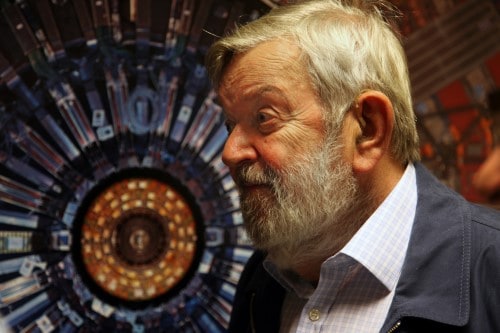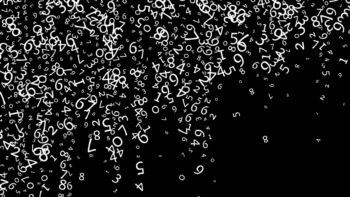
The Dutch physicist Martinus Veltman, who won half of the 1999 Nobel Prize for Physics for his theoretical contributions to the Standard Model of particle physics, died on 4 January aged 89. In the 1960s and 1970s, Veltman’s work was instrumental in understanding the weak interaction in particle physics. Veltman shared half the prize with fellow Dutch physicist Gerardus ‘t Hooft, who had been Veltman’s PhD student.
Veltman was born on 27 June 1931 in Waalwijk, the Netherlands. He studied physics and mathematics at the Univeristy of Utrecht, in which he called the teaching “uninspiring” and began to do odd jobs including typing lecture notes as well as selling tools, which he later admitted he was a “complete failure” at. In 1955 Veltman joined the Van Der Waals laboratory at the University of Amsterdam becoming an assistant to Antonius Michels, which involved maintaining the library and preparing talks for Michels.
After two years of military service, Veltman began a PhD in 1959 at Utrecht under the guidance of Léon van Hove. During his doctorate, Veltman spent time at the CERN particle-physics lab near Geneva, which van Hove later served as director general in the late 1970s. Once Veltman’s completed his PhD in 1963, he spent a year at the SLAC National Accelerator Laboratory, which was then known as the Stanford Linear Accelerator Center before heading back to CERN. Veltman remained at CERN until 1966 before returning to Utrecht.
Tackling infinities
It was at Utrecht that Veltman carried out his Nobel-prize-winning work. In the 1960s, Sheldon Glashow, Adbus Salam and Steven Weinberg unified the weak and electromagnetic interaction and predicted the existence of the W and Z bosons, which carry the electroweak force. This theory, which later became known as the Salam-Weinberg theory, was, however, not taken seriously by many in the community because it seemed impossible to subject it to the usual “renomalisation” procedure. This meant it generated infinite and therefore meaningless expressions so it seemed impossible to perform accurate calculations with it.
In the early 1970s, Veltman and ‘t Hooft showed how to carry out this renormalisation and used their theory to make precise calculations of particle properties. These predictions were confirmed when the W and Z particles were detected for the first time in 1983 at the Large Electron-Positron Collider at CERN. This first led Glashow, Salam and Weinberg being awarded the 1979 Nobel Prize of Physics. When later precision calculations agreed with the experimental values of the W and Z boson, ‘t Hooft and Veltman bagged the 1999 Nobel prize “for elucidating the quantum structure of electroweak interactions in physics.”
In 1981 Veltman moved to the University of Michigan before retiring in 1996, when he moved back to the Netherlands.In 2003 Veltman published a popular-science book Facts and Mysteries in Particle Physics and regularly gave lectures on physics. He was also a regular guest at the annual Nobel Lindau Nobel Laureate meeting in Germany.



